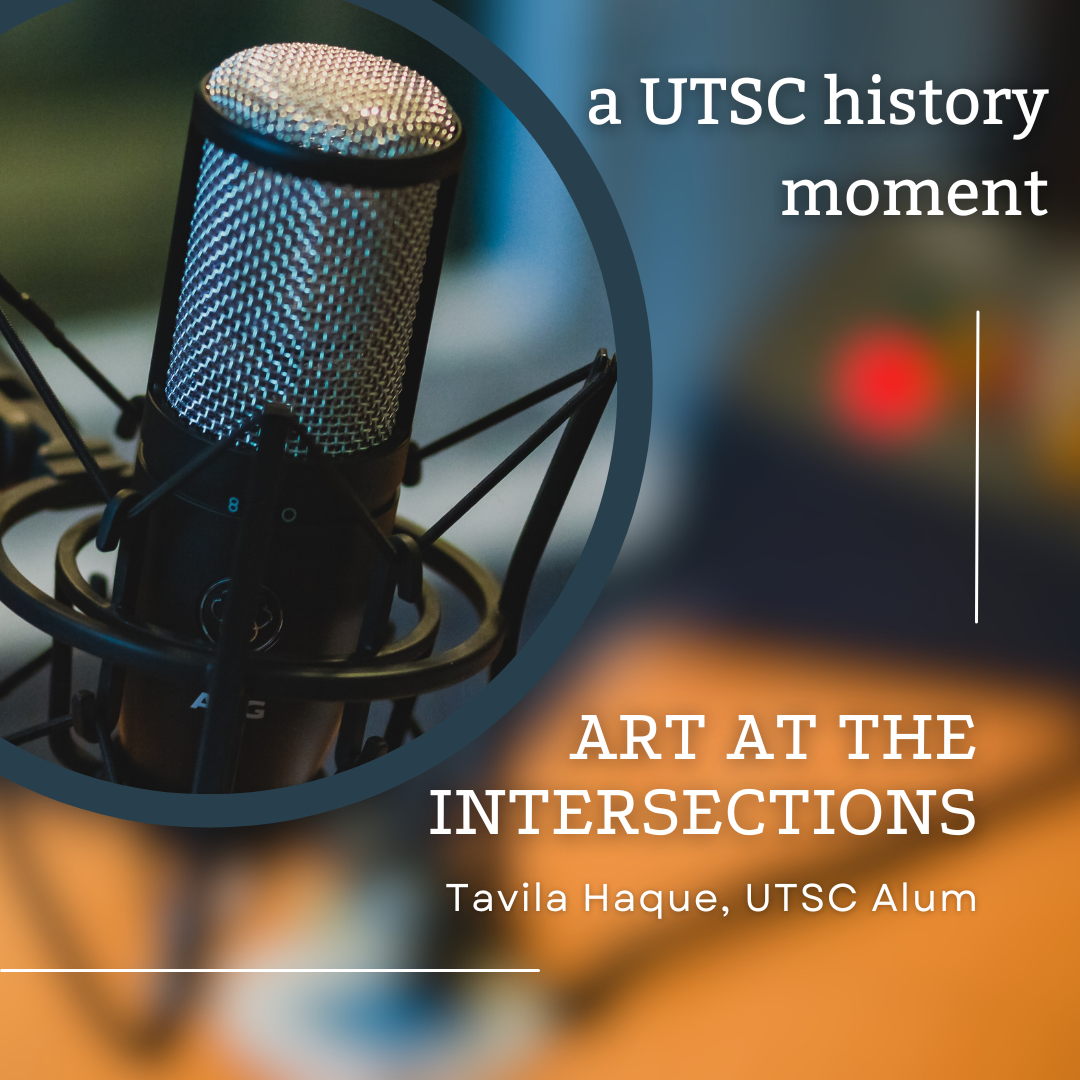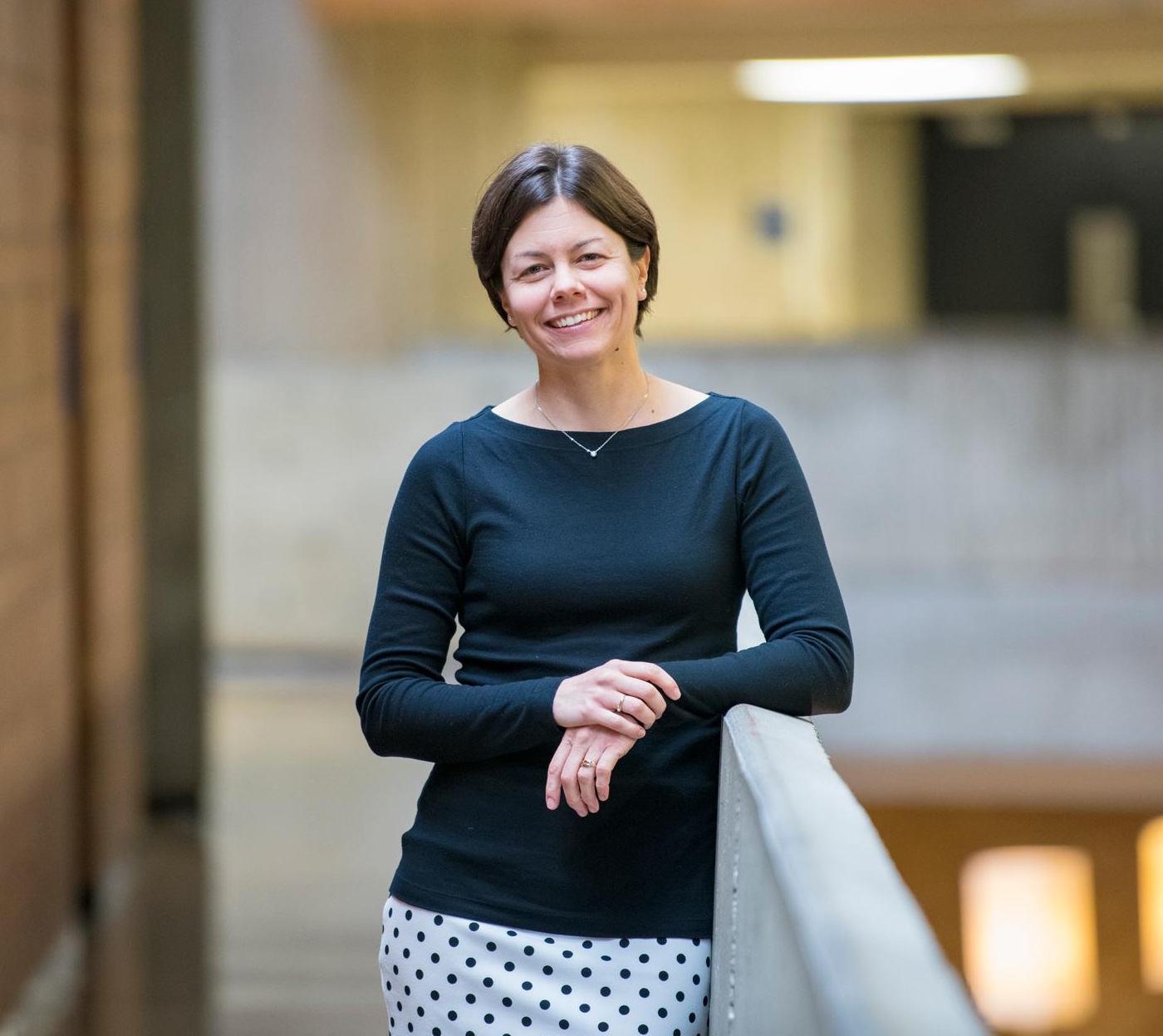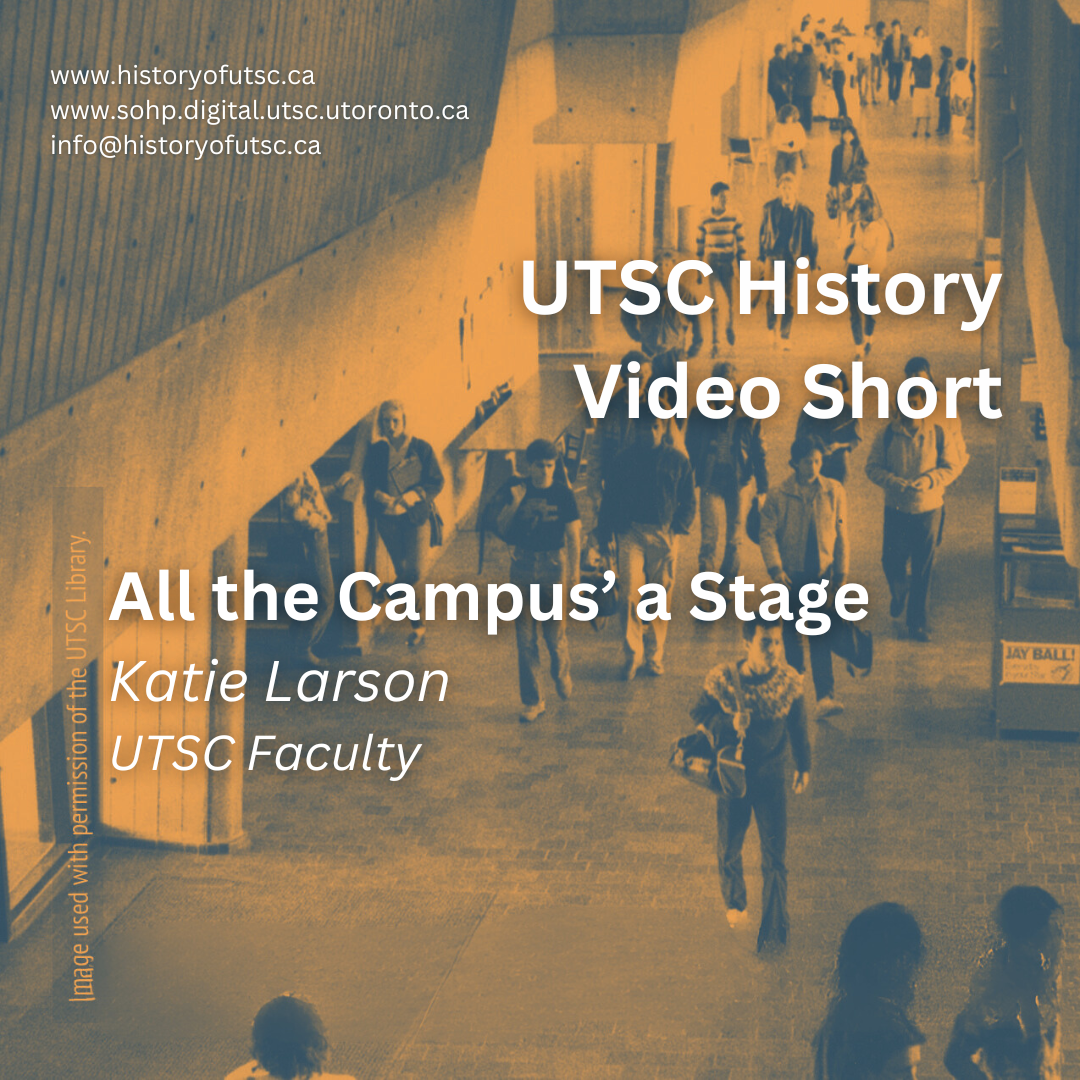Kevin Wright, former Production Manager of the Leigha Leigh Browne Theatre on campus, talks about the challenges associated with the original television studio and its eventual evolution into the theatre we know today.
View Transcript
0:03
When you’re studying theatre you want to be able to do shows. And there was not a theatre on campus at all at that point.
0:10
And he [Michael Schomberg], I don’t know who he negotiated with, but he said, “Okay, we’ve got the television studio, it’s not a theatre. But, it has lights, and it’s close”.
0:20
And they started doing shows in the theatre in the early and the mid 70s. And it was set up to do television, not to do theatre. So when you are working on television, all the control for the lights and the sound is in a control booth and you’re watching television monitors.
0:36
Well, they didn’t have the cameras set up. So they couldn’t see the stage from where they were operating stuff. And they didn’t have a headset system to be able to talk with the people.
0:45
So, it is my understanding that they literally did a human broken telephone chain where somebody would be standing at the one door into the room that was down here and shouting up the stairs.
0:57
And there would be somebody up the stairs and that is the way information would pass. And they continued that way until the early 90s. And, as we progressed in the early 90s,
1:08
there was less and less and less and less and less call for this giant TV studio to do anything. Then more and more,it became obvious that having it be a theatre made more sense.




